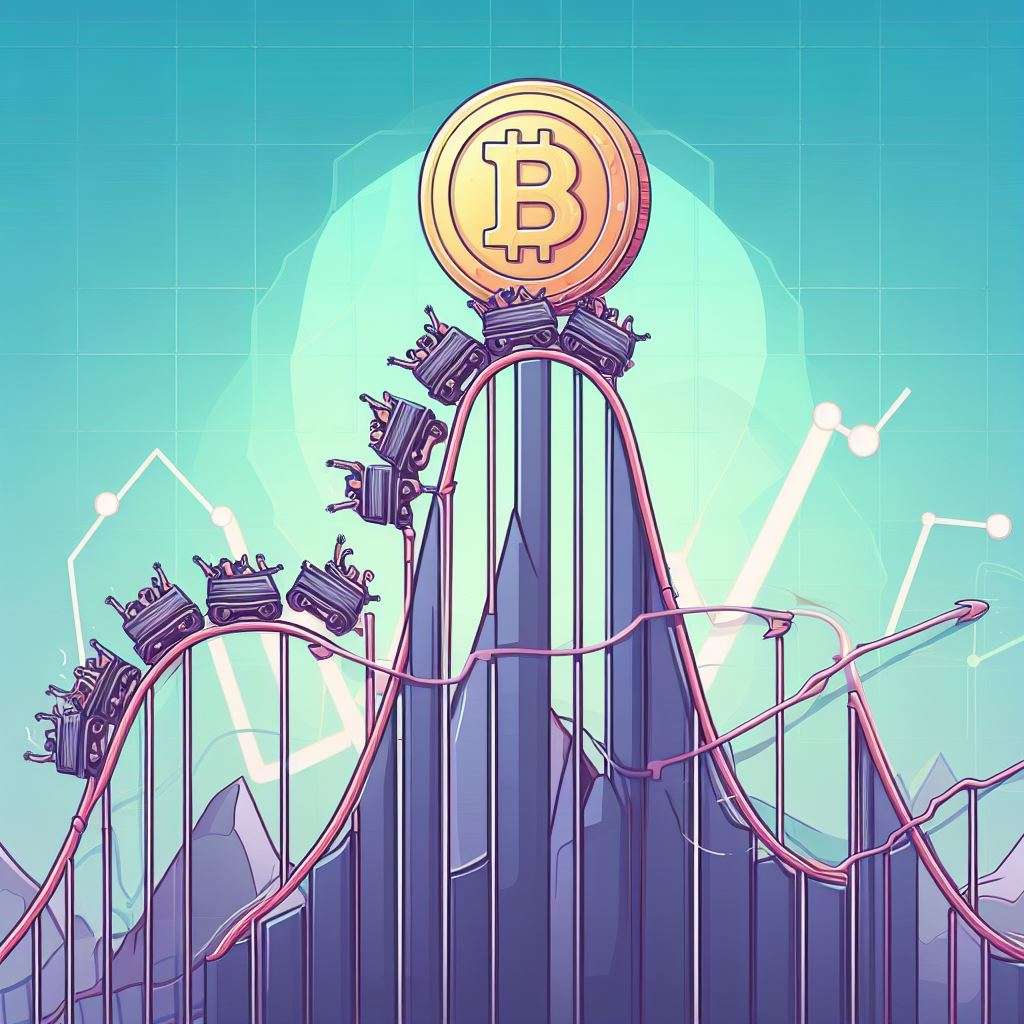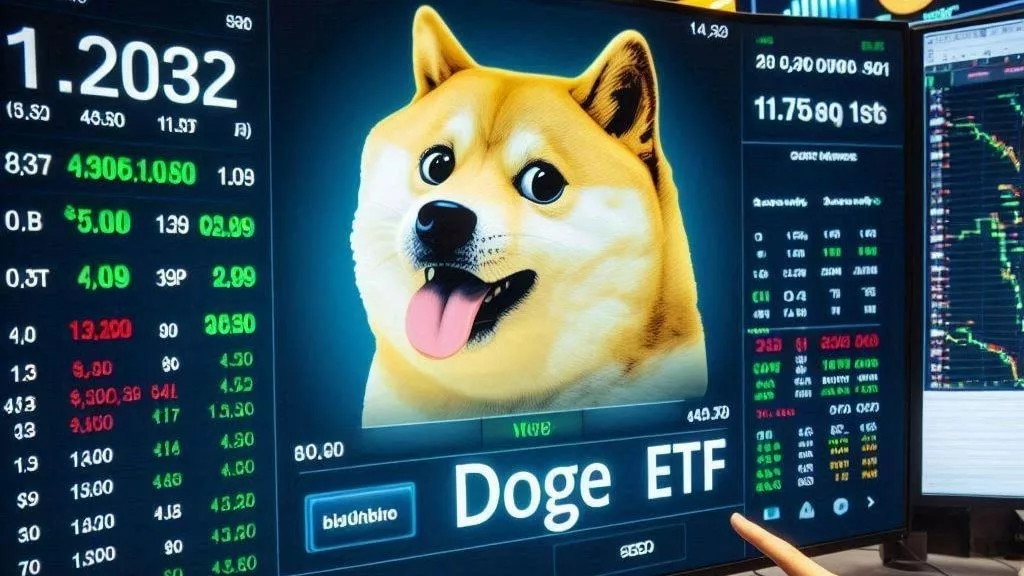
In a surprising turn of events, decentralized finance (DeFi) tokens have faced a substantial decline, highlighting the challenges that the DeFi sector currently confronts. The CoinDesk DeFi Index (DCF) has plummeted nearly 2%, shedding light on the prevailing tepidity in DeFi activity. But what’s causing this slump, and what could it imply for the broader digital asset landscape?
The Decentralized Finance Dilemma
DeFi tokens, a crucial subset of the broader cryptocurrency market, have experienced significant turbulence in recent times. This sector, known for its decentralized nature and innovative financial solutions, has been the focus of much enthusiasm and investment.
However, the CoinDesk DeFi Index’s recent drop is prompting investors and enthusiasts to reassess the sector’s health. While it’s not uncommon for markets to experience fluctuations, this slump appears to have a unique story behind it.
The DeFi Token Decline
The DeFi sector relies heavily on active participation, lending, borrowing, and trading of digital assets on various platforms. It thrives on decentralized applications (DApps) that enable users to engage with financial services in a trustless manner. Unfortunately, recent data reveals a significant slowdown in DeFi activity.
One possible explanation for the downturn in DeFi tokens is the general market sentiment. Cryptocurrency markets, including the DeFi sector, often respond to investor sentiment, which can be influenced by external factors such as regulatory concerns, macroeconomic developments, or even global events. These factors can lead to a lack of confidence among investors, resulting in reduced activity in DeFi.
Furthermore, scalability issues within DeFi platforms have also contributed to the decline. High transaction fees and network congestion can deter users from actively participating in DeFi protocols, hampering the sector’s growth. Developers are working tirelessly to address these challenges and enhance the user experience, but it’s a complex task that takes time.
What Does This Mean for Digital Asset Sectors?
The slump in DeFi tokens has broader implications for the digital asset landscape. First and foremost, it’s a reminder that the cryptocurrency market is highly dynamic, and investors should be prepared for periods of volatility.
It also serves as a signal that the DeFi sector needs to adapt and evolve. Decentralized finance has incredible potential, but it must overcome its current challenges, such as scalability, regulatory hurdles, and improving user experience. The future of DeFi depends on its ability to address these issues and maintain a thriving ecosystem.
In the larger context of digital asset sectors, it’s vital to remember that the health of the DeFi sector can influence investor sentiment throughout the crypto space. A resurgence in DeFi could rejuvenate interest in digital assets, driving market growth.
The Way Forward for DeFi
The slump in DeFi tokens is not necessarily a sign of impending doom. Instead, it should be seen as an opportunity for the DeFi sector to reassess its strategies, improve its infrastructure, and regain the trust of its user base. Let’s explore a few avenues for recovery:
Conclusion
The recent drop in the CoinDesk DeFi Index (DCF) emphasizes the challenges faced by DeFi tokens and the broader digital asset sectors. The slump in DeFi activity is a stark reminder of the need for adaptability and resilience in the cryptocurrency market.
As the DeFi sector navigates through these turbulent waters, the crypto community and investors will closely monitor its progress. The future of DeFi will depend on its ability to overcome existing challenges and provide innovative solutions to the decentralized finance landscape.
In the ever-evolving world of cryptocurrencies, one thing is certain: Change is constant, and with it comes new opportunities and challenges.



Get the latest Crypto & Blockchain News in your inbox.